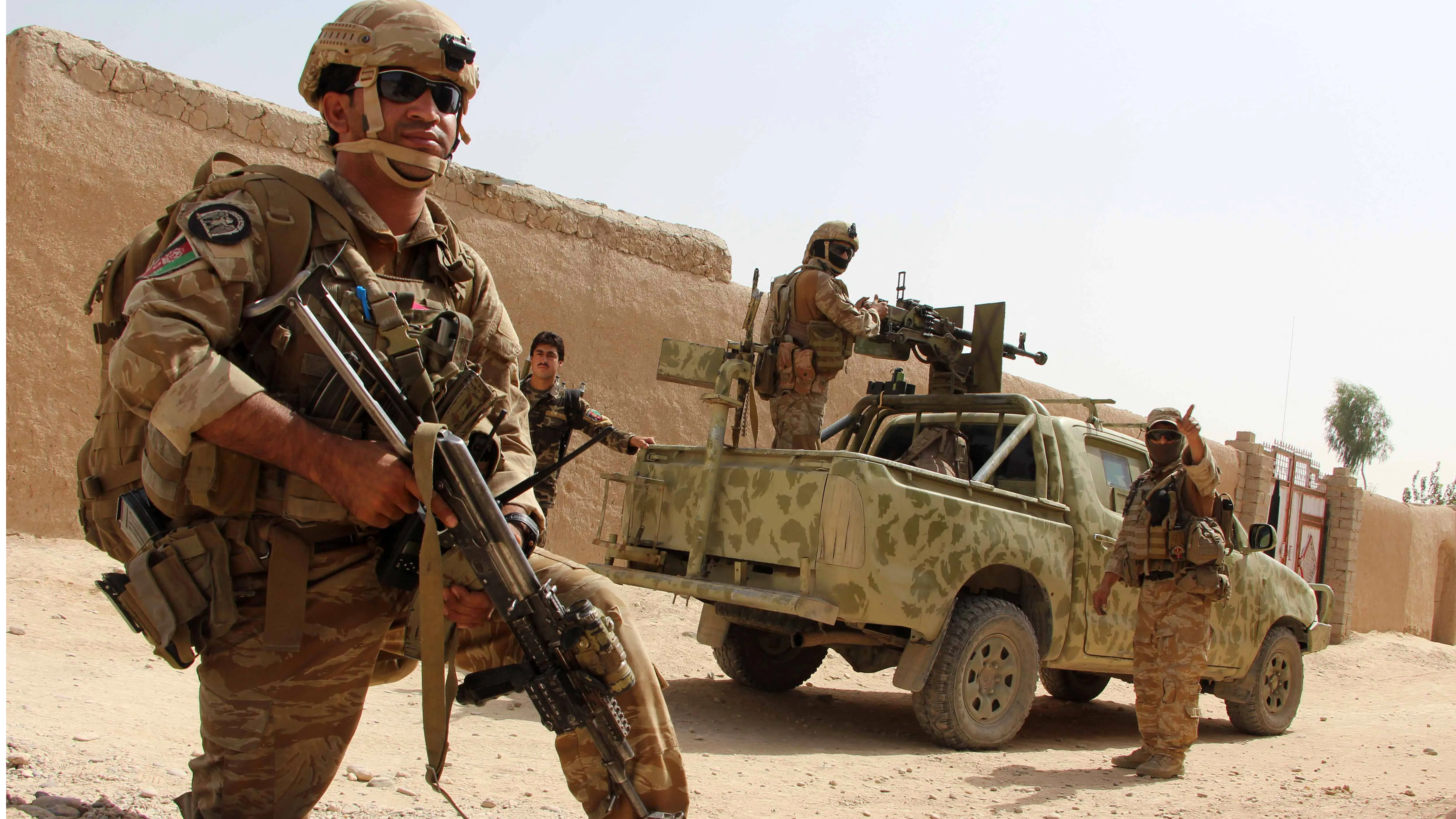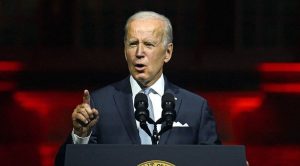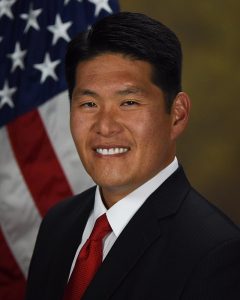On September 11, 2021, the 20-year anniversary of the 9/11 attacks on the US, American troops will fully withdraw from Afghanistan soil, President Joe Biden had announced last month. A month later, as Afghan forces prepare to take sole charge of security, the Taliban has set a deadline – All foreign troops must leave the Afghan soil by the September deadline or else they are at a “risk”.
“If they leave behind their forces against the Doha agreement then in that case it will be the decision of our leadership how we proceed,” Taliban spokesman Suhail Shaheen told BBC, adding that no foreign forces – including military contractors – should remain in Kabul after the withdrawal was complete.
Failing this, “We would react and the final decision is with our leadership,” he added.
After years of back and forth, on February 29, 2020, the US and the Taliban signed a peace deal in Doha, Qatar, under which the US and its Nato allies agreed to withdraw all troops within 14 months in return for a commitment by the Taliban not to allow al-Qaeda or any other extremist group to operate in the areas they control.
Also read: Joe Biden seeks to turn debacle in Afghanistan to victory at home
Ever since the US troops began pulling out on May 1, the Taliban, who agreed on the terms of the deal, have made rapid territorial advances. The hardline Islamist group currently controls 195 districts and contests another 129 districts, according to the real-time assessments by FDD’s Long War Journal.
The exit and the fallout
Earlier this week, more than 1,000 Afghan troops fled into neighbouring Tajikistan following clashes across much of the northern countryside with the Taliban “to save their lives”, Tajikistan authorities said. To counter the Taliban offensive, Afghan authorities deployed hundreds of commandos and pro-government militia on Tuesday.
Also read: Regional countries want outcome in Afghanistan to be good for war-torn nation as well as region
The United States announced on Friday that it had handed over Bagram Air Base — the centre of its anti-Taliban operations — to Afghan security forces, effectively wrapping up operations in the country following nearly two decades of fighting.
Taliban, meanwhile, are on the offensive and the speed and ease of the militant’s effective takeover of swathes of areas in Takhar, Badakhshan and Kunduz represent a massive psychological blow to the Afghan government.
Taliban 2.0
The Taliban has gone through a major transformation and is a much more advanced group now leading not only the military offensive but a psychological war online. The group has several accounts on social media that provide live updates of the fall of districts and post numerous videos of Afghan soldiers surrendering.
Also read: Taliban launch assault on Afghan provincial capital Qala-i-Naw
Why is the US fighting a war in Afghanistan?
On 11 September 2001, coordinated terror attacks in America killed nearly 3,000 people. Osama Bin Laden, the head of Islamist terror group al-Qaeda, was the brain behind the deadliest attack in recent US history. The Taliban, who offered shelter to Bin Laden, refused to hand him over. Then US President, George Bush launched an offensive on Afghanistan, bombing the Tora Bora range and several regions of the war-torn country. The Taliban, according to The Guardian report, was ‘ready to discuss’ Bin Laden handover if bombing halts in Afghanistan. “The Taliban would be ready to discuss handing over Osama bin Laden to a neutral country if the US halted the bombing of Afghanistan,” a senior Taliban official had said, but Bush refused any negotiation with a third party and launched an offensive. “We did not ask for this mission, but we will fulfil it,” US President George W Bush said when he announced the first airstrikes against Afghanistan on 7 October, 2001.
The fallout of Afghanistan offensive
Almost 20 years on, it’s hard to argue if the US mission has been fulfilled. Osama Bin Laden was not found in Afghanistan, but in Pakistan’s Abbottabad in May 2011. The US offensive, however, has added to the instability of Afghanistan, which has been braving wars for nearly 20 years, even before the US offensive. And in all of this, the Taliban may now play a part in ruling Afghanistan.
Where did the Taliban come from?
In 1979, a year after a coup, the Soviet army invaded Afghanistan to support its communist government. A group of fighters – known as the mujahideen – supported by the US, Pakistan, China and Saudi Arabia, among other countries fought the Soviet army for nearly a decade. Osama Bin Laden, the terrorist, was born from this movement.
In 1989, Soviet troops were ‘defeated’ but the civil war continued. In the chaos that followed, the Taliban (which means “students” in the Pashto language), who by then had started enjoying power, held on to the country. They promised to fight corruption and improve security and, at that time, many Afghans tired of the fighting bowed before the Taliban.
The Taliban impact first reflected in schools, mostly funded by Saudi Arabia. They preached a hardline form of Islam. The Taliban enforced their austere version of Sharia, or Islamic law, and introduced brutal punishments. Men were forced to grow beards and women had to wear the all-covering burqa. The women were not allowed to step out of their homes without a man by their side. The Taliban banned television, music and cinema and disapproved of girls’ education. Afghanistan that was once a progressive country was dominated by the regressive rules of the all-powerful Taliban.
Also read: Taliban keen to rebrand as capable governors in Afghanistan
What the future holds for Afghanistan?
The US pullout is “90 per cent complete”, according to the Pentagon. The Taliban, meanwhile, have launched a major offensive to capture more territories. Looking at the Taliban offensive, fears are mounting that Afghan forces will collapse without vital American air support.






